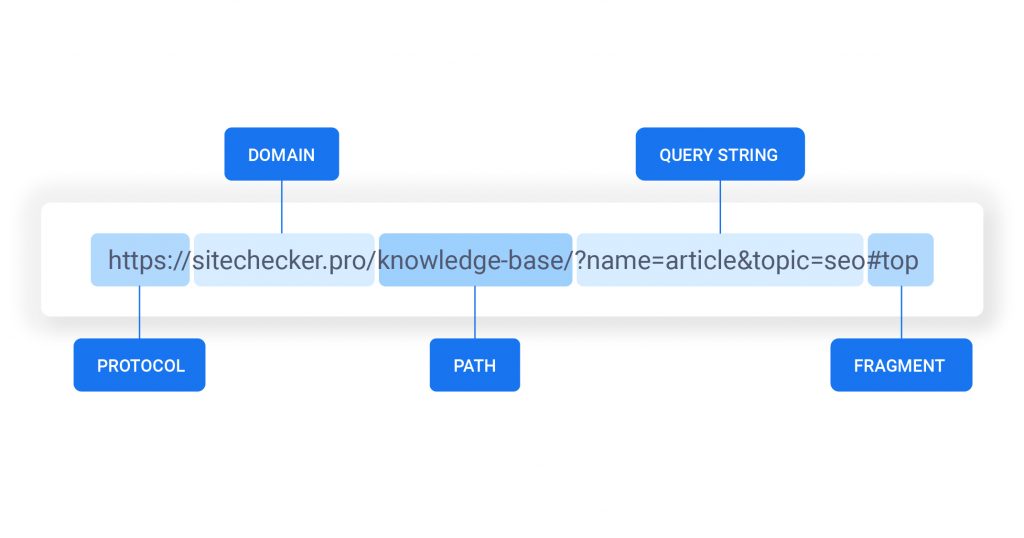Is NextJS Good for SEO
SEO

When considering web frameworks for search engine optimisation (SEO), Next.js stands out as a powerful option. Developed by Vercel, Next.js is a React-based framework that enhances server-side rendering (SSR), static site generation (SSG), and other key features that directly impact SEO performance. This blog post delves into whether Next.js is good for SEO, exploring its features, benefits, and limitations when optimising your web presence.
Why SEO is Important for Modern Web Applications

SEO is critical for websites aiming to gain visibility on search engines like Google, Bing, and Yahoo. Without proper SEO, your site may not rank well, resulting in low organic traffic and missed opportunities for engagement. In today’s competitive digital landscape, having a solid SEO strategy is essential for brand visibility, lead generation, and overall online success.
SEO can be complex, involving technical aspects like page load times, crawlability, and mobile-friendliness, as well as content factors like keyword optimization and link-building. Web frameworks like Next.js can address many of these aspects by providing built-in functionalities that improve technical SEO out of the box.
Understanding Next.js and How It Affects SEO

Next.js is built on React but differs from traditional single-page applications (SPAs) by offering both SSR and SSG. These features directly impact how search engines crawl and index web pages, making Next.js highly favourable for SEO-focused web projects.
Server-Side Rendering (SSR) for SEO
One of Next.js's key advantages for SEO is Server-Side Rendering (SSR). In SSR, the server processes the request and sends fully-rendered HTML to the browser. This is critical because search engines, particularly Google, tend to favour pages that load quickly and are fully rendered.
With traditional React-based SPAs, the content is often rendered client-side, meaning that search engines would initially receive minimal HTML content. As the JavaScript loads, the content is dynamically rendered, which can delay indexing and cause issues with SEO. SSR addresses this problem by delivering a complete page, which makes it easier for search engines to crawl and index your site effectively.
For example, instead of sending an empty HTML shell that waits for client-side JavaScript to populate, SSR delivers a fully-rendered page, including meta tags, headings, and content, which search engines can index immediately.
Static Site Generation (SSG)
Next.js also offers Static Site Generation (SSG), which pre-renders pages at build time. Unlike SSR, where each page is rendered at the time of the request, SSG generates HTML files for pages during the build process, making them available instantly. This means faster load times and better SEO performance, as search engines can crawl and index static pages quickly.
SSG is particularly useful for content-heavy websites like blogs, portfolios, and e-commerce stores, where pages don’t need to be frequently updated. With pre-rendered static content, search engines can efficiently crawl the entire site, reducing load times and improving rankings.
Automatic Code Splitting and Lazy Loading
Next.js optimises performance through automatic code splitting, which breaks down your JavaScript into smaller chunks that load only when needed. This improves page speed, which is a crucial factor for SEO. Faster page loads lead to lower bounce rates and higher user engagement, both of which are positive signals for search engines.
Lazy loading is another feature where images, components, or resources are loaded only when they are needed. This reduces the initial load time of your website, improving both user experience and SEO performance.
Performance Optimisation and Core Web Vitals
Core Web Vitals—a set of metrics that Google uses to evaluate page performance—are key factors in SEO rankings. They include measurements like loading speed (Largest Contentful Paint), interactivity (First Input Delay), and visual stability (Cumulative Layout Shift). Next.js inherently addresses many of these metrics through its built-in optimisations.
For example:
- Fast Loading Time: Next.js's pre-rendering features, including SSR and SSG, drastically reduce the time it takes for the browser to display meaningful content.
- Reduced Layout Shifts: The framework also helps avoid cumulative layout shifts, an important Core Web Vital, by loading images and elements only when necessary.
- Interactivity: Next.js makes it easier to defer non-essential JavaScript, ensuring that critical components are interactive quickly, improving your First Input Delay scores.
By meeting or exceeding Google’s Core Web Vitals standards, sites built with Next.js are more likely to rank higher in search engine results.
SEO-Friendly Routing and URL Structure

Another factor where Next.js shines is its dynamic routing and ability to create clean, semantic URL structures. Good URL structures contribute to SEO by making it easier for both users and search engines to understand the page content and hierarchy.
With Next.js, creating SEO-friendly URLs is simple and intuitive. The framework allows developers to set up dynamic routes with clean URL patterns. This reduces the complexity involved in managing URLs and helps in maintaining clear, meaningful paths that are crucial for search engine ranking.
For example, instead of URLs filled with query parameters like `?id=1234`, Next.js makes it easy to use routes such as `/blog/seo-tips`, which are more readable and optimised for search engines.
SEO Best Practices with Next.js

To maximise SEO benefits with Next.js, follow these best practices:
1. Optimise Meta Tags and Titles
Meta tags, including the title tag and description, play a vital role in SEO. With Next.js, you can use libraries like `next/head` to dynamically set meta tags for each page. Ensure that each page has a unique title, description, and keywords that align with your SEO strategy.
2. Use Structured Data
Structured data helps search engines understand your content better. Using JSON-LD or other schema formats with Next.js allows you to implement structured data that can lead to rich snippets in search results.
3. Implement Canonical URLs
In cases where you have duplicate content or multiple versions of the same page (e.g., sorting by date or popularity), using canonical tags helps search engines identify the preferred version. With Next.js, you can easily add canonical tags in the `` section using `next/head`.
4. Optimise Image Loading
Next.js has built-in image optimisation with its `next/image` component. It automatically optimises images by serving them in modern formats like WebP and dynamically adjusts image sizes to fit the user's viewport, improving loading times and SEO.
5. Manage Sitemap and Robots.txt
Next.js can automatically generate a sitemap and robots.txt file, helping search engines crawl your site effectively. Tools like `next-sitemap` make this process straightforward.
6. Prioritise Accessibility
Accessibility is not just a user-experience benefit but also an SEO signal. Search engines like Google take accessibility into account when ranking pages. Next.js allows you to follow best practices for web accessibility, including alt tags for images, semantic HTML, and keyboard-friendly navigation.
Limitations of Next.js for SEO

While Next.js offers numerous SEO advantages, it's important to note some limitations:
1. Initial Build Times for SSG: For larger sites, Static Site Generation (SSG) can lead to long build times, as every page needs to be generated upfront. This may not be ideal for websites with frequently changing content.
2. Complexity in SSR Setup: Server-Side Rendering can introduce more complexity in terms of caching and server management compared to simpler solutions like client-side rendering (CSR) or static sites.
However, these limitations are often outweighed by the SEO benefits that Next.js provides, making it a strong choice for SEO-focused web development.
Conclusion
In short, yes—Next.js is excellent for SEO. It offers powerful features like Server-Side Rendering (SSR), Static Site Generation (SSG), automatic code-splitting, and lazy loading, all of which contribute to improved performance and SEO rankings. Additionally, Next.js helps you optimize Core Web Vitals, ensuring that your site meets Google’s latest SEO standards.
With its SEO-friendly routing, easy meta management, and strong support for structured data, Next.js gives you all the tools you need to build fast, scalable, and SEO-optimised websites. For developers looking to prioritise SEO while delivering an exceptional user experience, Next.js is a highly recommended choice.